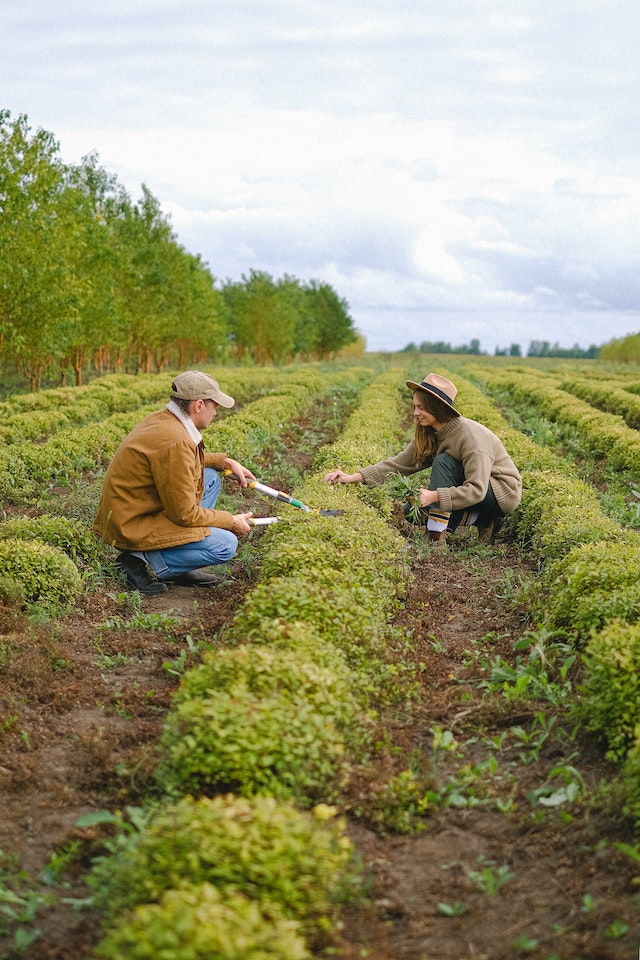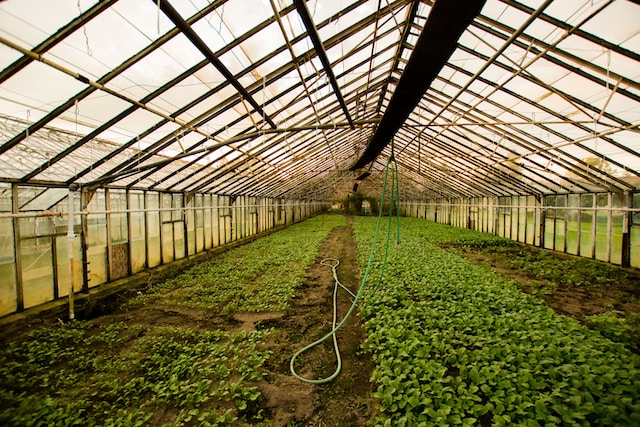There are so many things that you will need to safeguard your crops from. There are pests and birds that can feed on the crops. Then there are unpredictable weather conditions that can wreak havoc whether it is hair, wind, frost, draught etc. Sometimes weeds can grow in the same area competing for the same nutrients and water as your plants. But there are solutions you can adopt for these challenges.
Garden netting will help you protect the crops against birds.
This is basically a mesh and the size, structure and shape of the mesh are designed and constructed in a way to keep birds away. It will still allow air to circulate around the plants. And the net will still allow sunlight to penetrate so there is very minimal shading. It all depends on the size of birds that are coming for your harvest. You can choose smaller mesh sizes when dealing with small birds like sparrows. But if pigeons, crows and other larger birds are coming for the crops, you will need to use a larger shape. You can find garden netting that can be structured into a dome or even flat sheets. To control weeds, you can use a weed mat. These mats are made from polypropylene fabric and they are used to control weeds spreading. There are non-woven and woven mats. The material will prevent the weeds from growing but still allow nutrients and water to penetrate the soil.

Non-woven mats are durable and can be very resistant to tears.
Therefore, you can use them as a lasting solution for weed control. When it comes to the woven mat, these are made using interlocking threads and are great for large scale farming where there will be equipment and heavy foot traffic on the mat. You can protect your crops against birds and hail using a crossover net. They are built in such a way as to withstand the impact of hailstones. It is tightly woven and you will be able to make sure that your harvest doesn’t get damaged by hail. If hail is more or less a regular occurrence in your location, you can look into hail nets that are constructed to minimise the damage of hail on your harvest.

In areas that are prone to experience frost,
You can use a frost cloth which is also called a frost blanket. These blankets will trap heat and create a microclimate for the plants so that they are not damaged as a result of frost during cold nights. It is easy to install frost cloth and it is quite lightweight contributing to easy handling. You can use a windbreak shelter cloth to protect crops from wind rub and burn. This acts as a barrier absorbing the impact of strong wind ensuring optimal health of plants. Some crops will not need a lot of sun exposure and you can actually control the amount of light received by using a shade cloth This will partially shade the crops so that they don’t experience heat stress.

Recent Comments